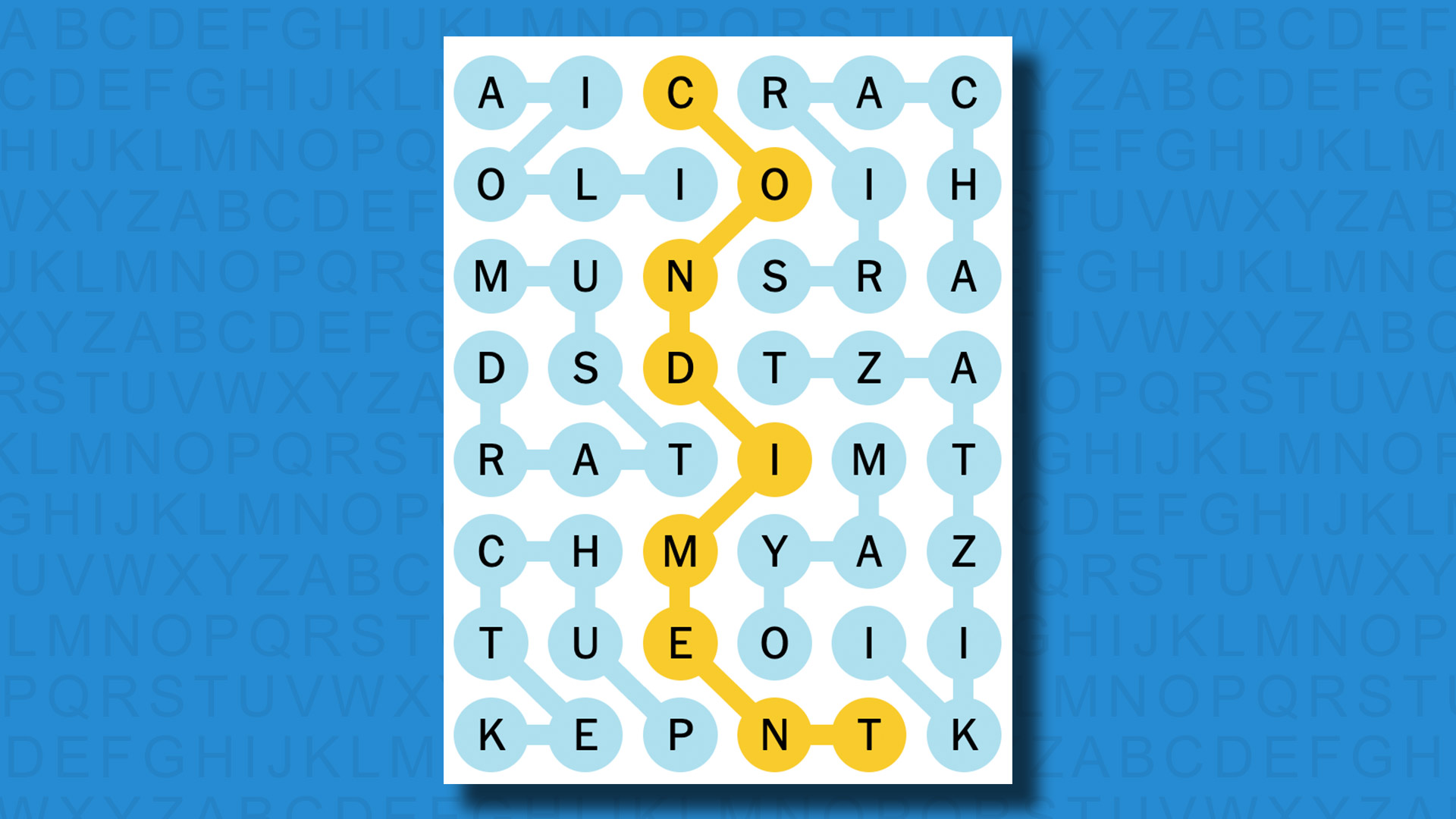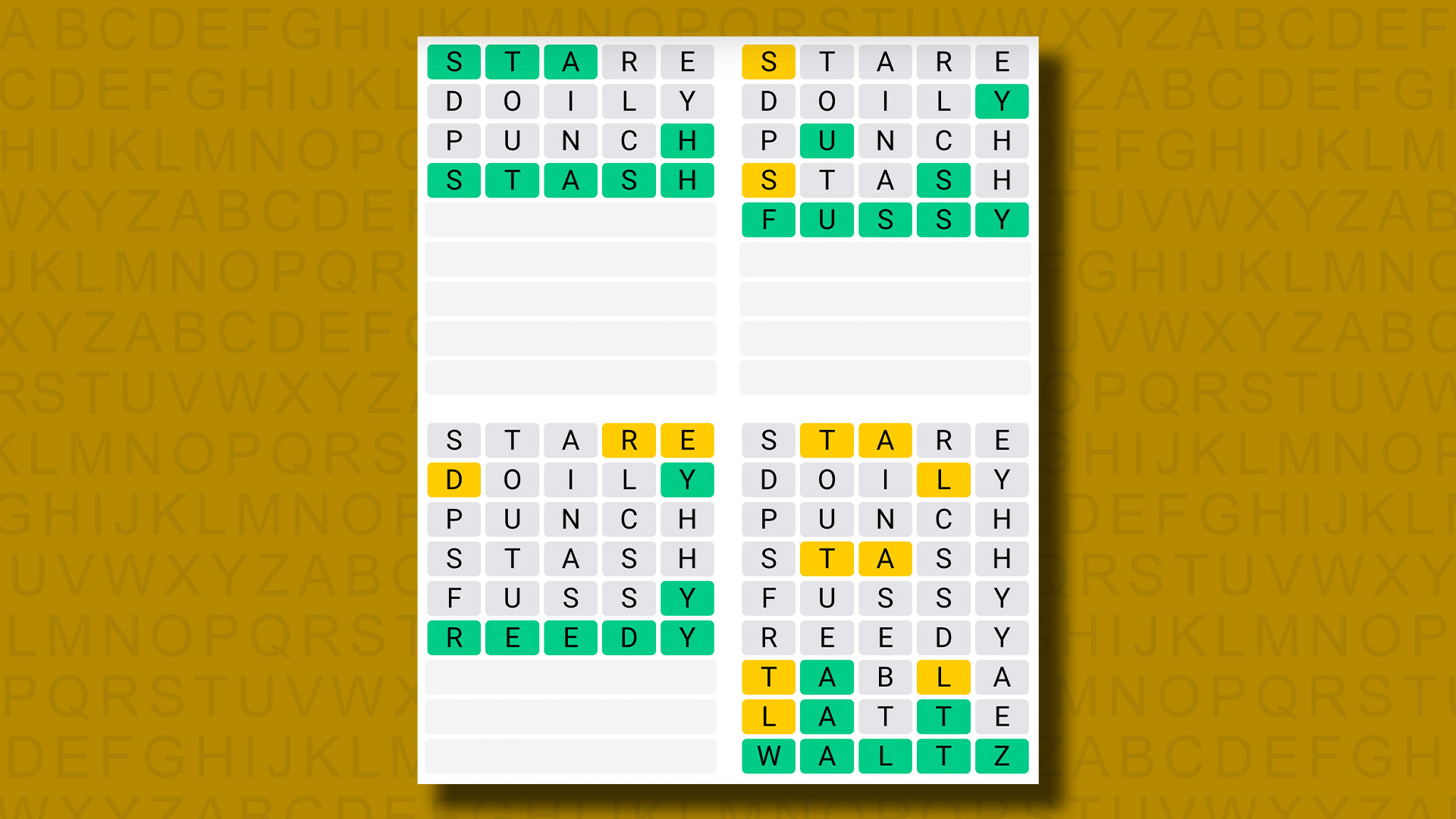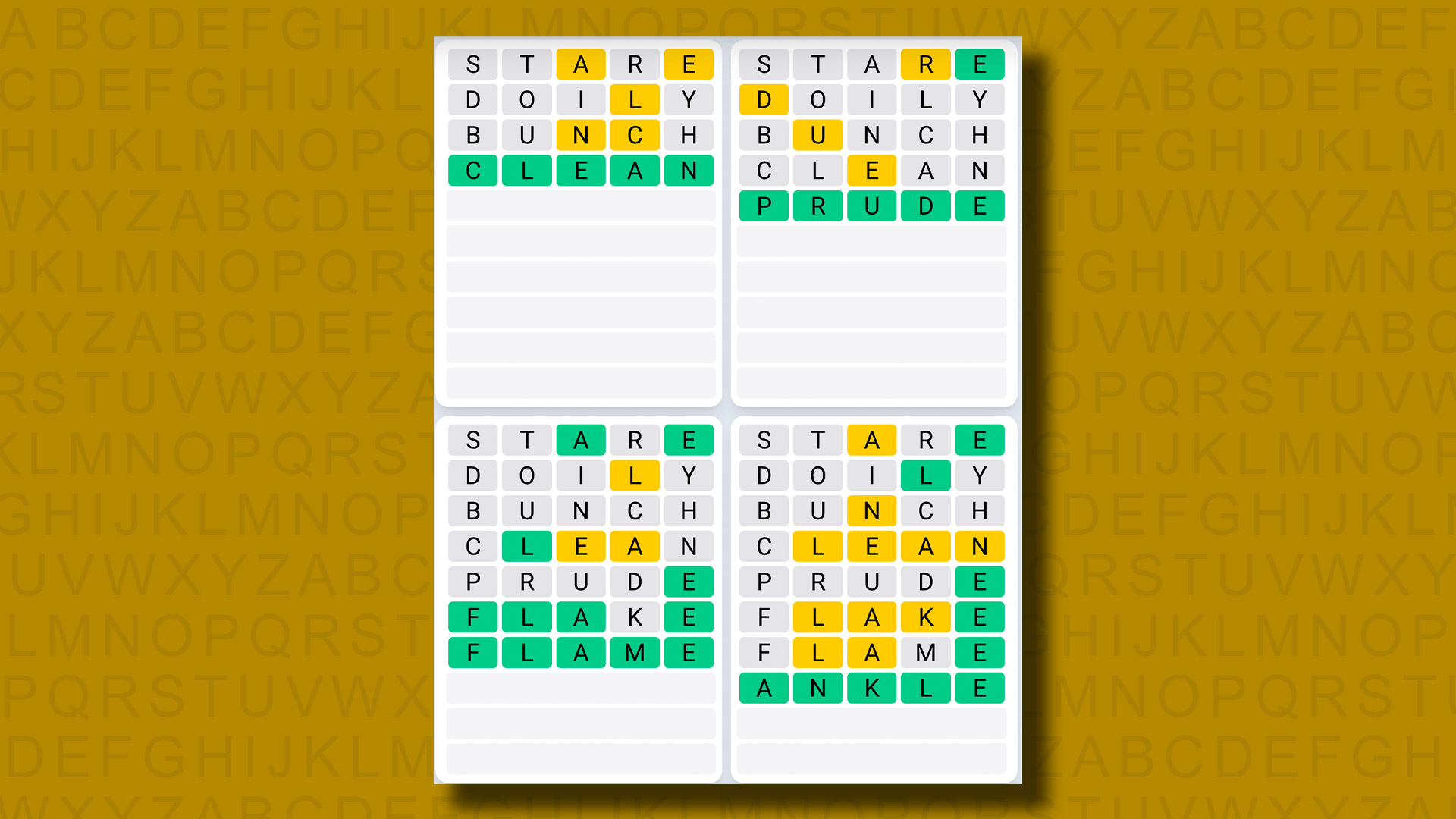India’s academic freedom has been in steady decline for a decade. This is well documented: in the 2024 Academic Freedom Index update produced by V-Dem, a project on democracy based in Gothenburg, Sweden, India is ranked in the bottom 20% of a list of 179 countries and territories on metrics such as ‘institutional autonomy’ and ‘freedom to research and teach’.
Historically, academic freedoms were certainly not perfect in India. Yet even a cursory glance at the evidence reveals that the scale of restrictions and the misuse of laws to curb academic freedom has increased. In the interests of preserving India’s global competitiveness, whoever wins the election should seek to reverse this trend.
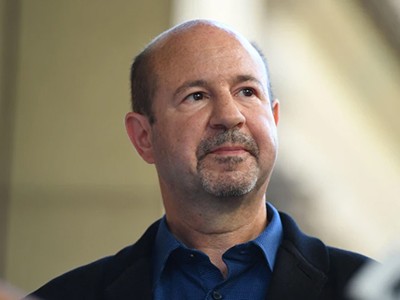
Climatologist Michael Mann wins defamation case: what it means for scientists
The documented drop in academic freedom is part of a broader decline in India’s vibrant culture of public debate. I have personally witnessed the growing restrictions during my 15 years as a researcher at the New Delhi-based Centre for Policy Research (CPR), where I served as president for 7 years until I stepped down in March.
My own research community — think tanks that aim to support evidence-based policies — engages deeply with the global academic and policy ecosystem. Given that public funds have many competing priorities, much of our research relies on international philanthropic funding. That is becoming increasingly difficult to come by, owing to a tightening of the Foreign Contribution (Regulation) Act (FCRA), which controls licences to access foreign funding.
For instance, after amendments to this law in 2020, recipients of foreign funding cannot give subgrants to other organizations, making collaborative research impossible. And since 2014, nearly 17,000 civil-society organizations have lost their FCRA licences altogether. For those that still have a licence, the renewal process is onerous. Many organizations receive temporary extensions of three to six months, rather than the full period of five years allowed under law.
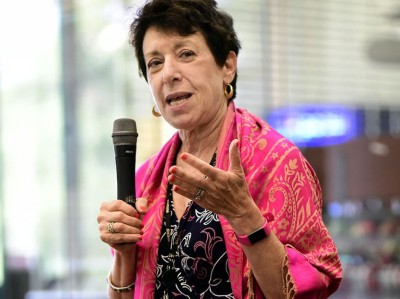
Why Joe Biden’s bid to restore scientific integrity matters
It seems that tax laws are also increasingly being used against institutions. Some research organizations are facing penalties and, in extreme cases, the loss of their tax-exempt status, which is required for accessing charitable donations. In September 2022, six institutions, including the CPR, were subject to tax ‘surveys’ that eventually resulted in them having both their FCRA licences and their tax-exempt statuses revoked. This has left them mired in legal minutiae and struggling to fund their work.
Similar challenges to the freedom to pursue independent research are visible on university campuses. In 2022, the India Academic Freedom Network (IAFN) prepared a status report for the United Nations special rapporteur on freedom of opinion and expression. It lists 78 instances in which seminars, lectures or talks at public universities were disrupted by politically aligned groups or the permission to organize such events was denied. It also lists 25 cases of faculty arrests, including some under anti-terror and sedition laws — mostly for speaking on issues of public interest, on campus or in social-media posts. A further 37 incidents pertain to the arrest of students. The IAFN report also points to difficulties associated with foreign researchers obtaining visas and entering India — even for people who hold Overseas Citizenship of India cards.
All this comes at a juncture when critical feedback and effective consultation are required to secure the country’s long-term growth and prosperity. But rather than engage with ideas and challenge them in the spirit of inquiry and public debate, in my view, it has now become increasingly common for technocrats in government to seek to discredit researchers and suppress research. In late 2023, for instance, the World Bank removed from its website an important study that highlighted reversals of progress recorded under a flagship sanitation programme. The bank cited procedural issues, but was presumably under government pressure.

How to protect US science from political meddling after Trump
Even crucial government data are now hard to obtain. The decennial census, for example, was last conducted in 2010–11; the public report on the 2017–18 household consumption expenditure survey was junked and only partial data have been released from the 2022–23 survey. The consequences of this are significant. In my field, development and social policy, the data gaps make it harder to measure changes in well-being. The debate on poverty reduction is bogged down in estimates, leaving the public with relatively little objective analysis on the reach and effectiveness of economic policies.
To reverse these trends, researchers must make their voices heard and be willing to defend the principle and value of academic freedom in the public domain. Research bodies should engage more effectively with philanthropists in India and find ways to preserve the space for civil discourse. An alliance with broader civil society is also required to push back against draconian regulations that undermine scientific freedoms.
India’s experience is not unique, but a reflection of a broader malaise. The V-Dem report makes it clear that several countries — including the United States, where university campuses are in turmoil — have witnessed a deterioration in the space available to pursue independent research. Researchers in India and elsewhere should fight to retain that space. It will be a long and difficult battle. But it is an essential one.
 May 2, 1995: Apple enters the wearables space with its first watch. However, the first Apple watch is a timepiece with no fitness-tracking tech, no on-screen notifications and a whole lot of 1990s styling.
May 2, 1995: Apple enters the wearables space with its first watch. However, the first Apple watch is a timepiece with no fitness-tracking tech, no on-screen notifications and a whole lot of 1990s styling.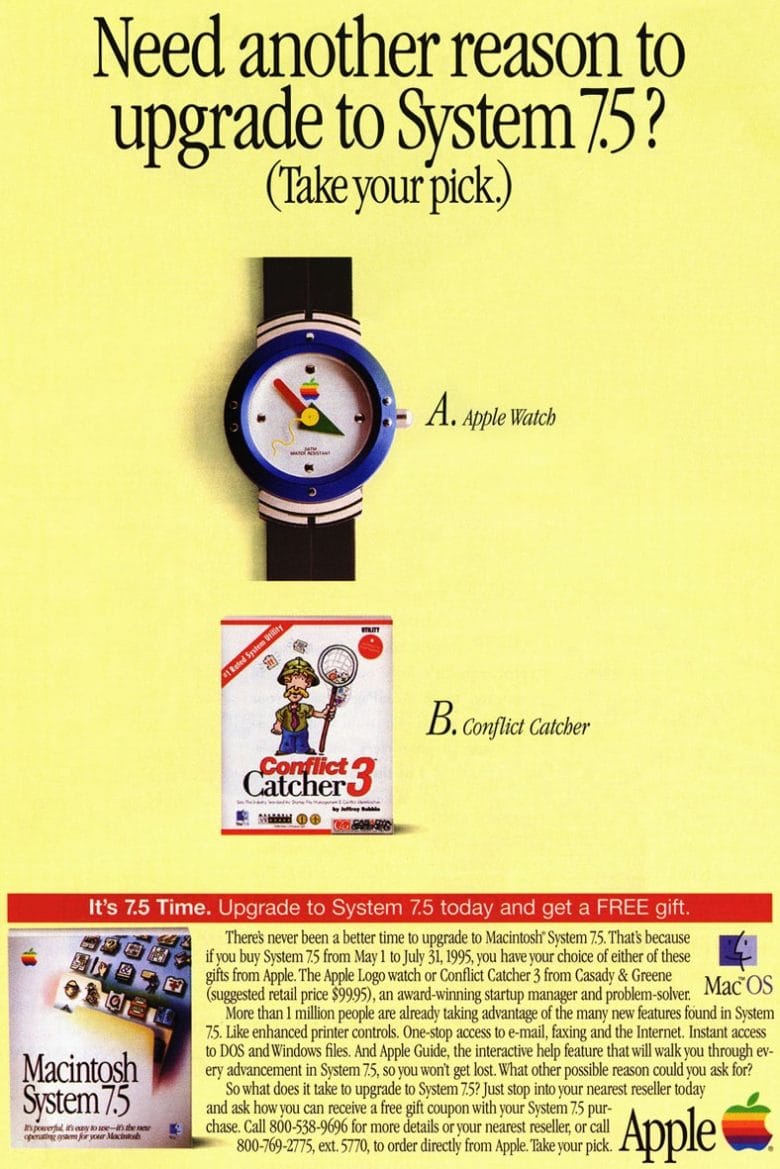




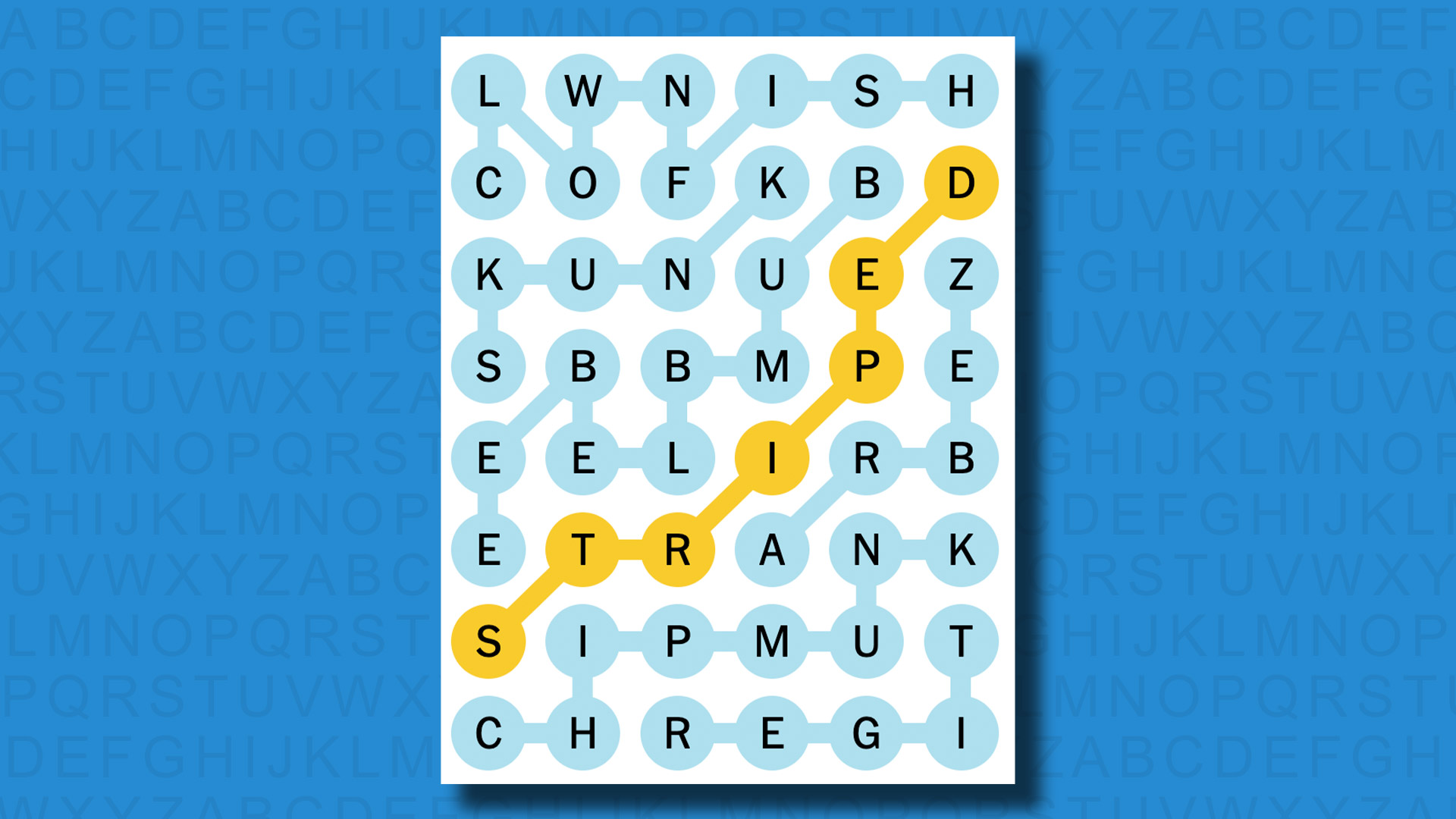
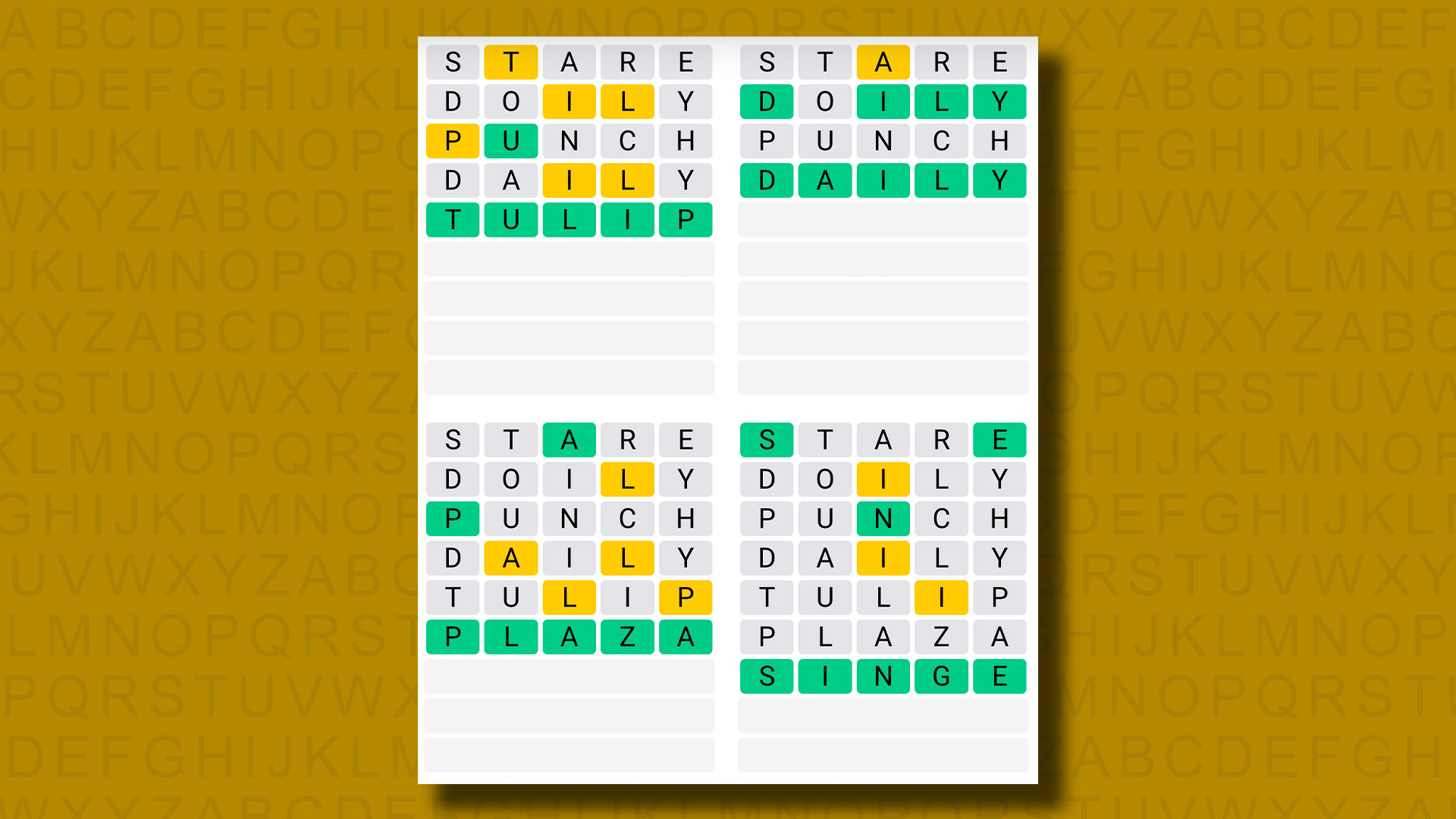
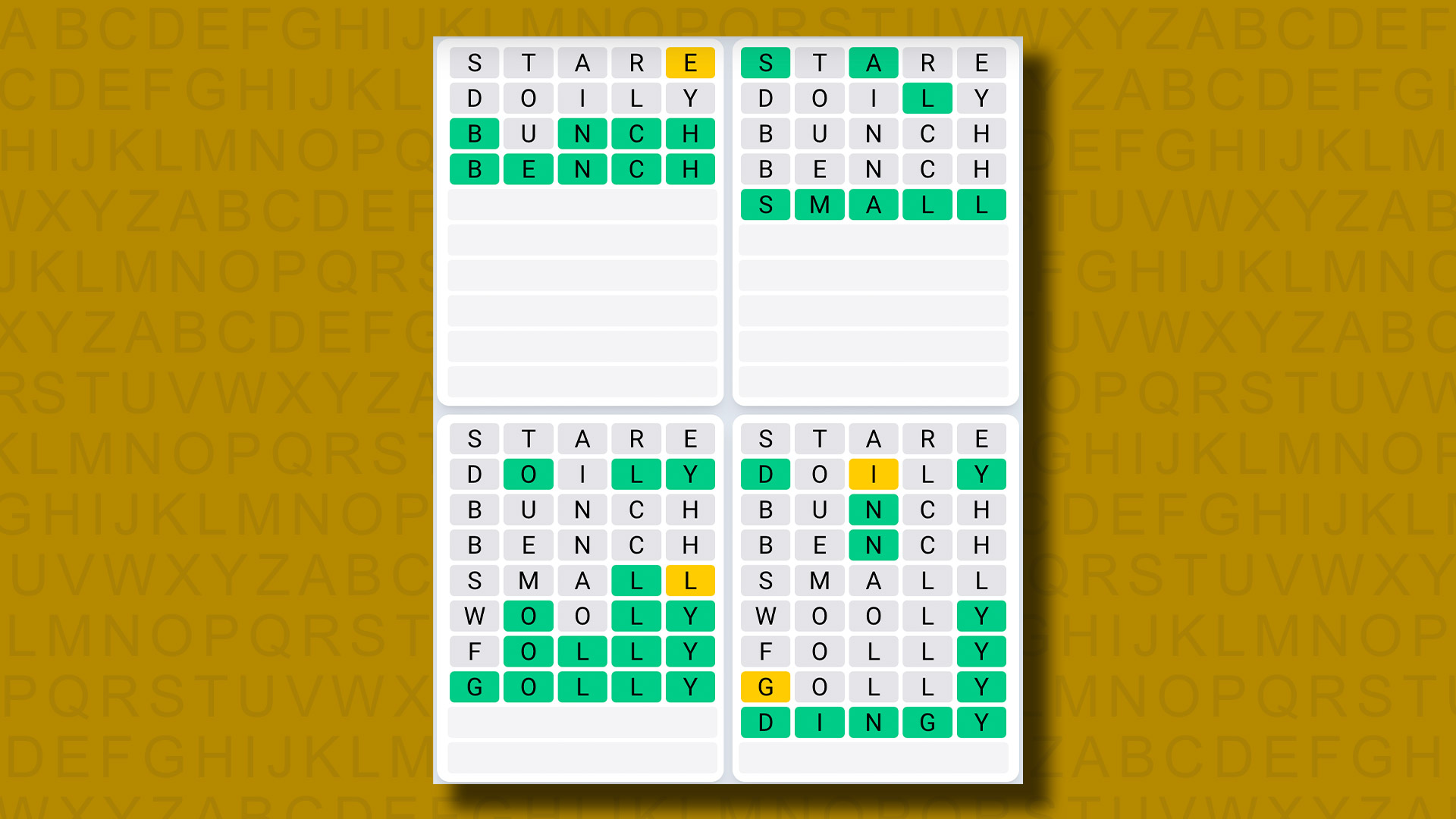

 May 1, 2008: The iTunes Store takes a gigantic step toward cinematic relevancy, selling new movies on the day of their DVD releases for the very first time.
May 1, 2008: The iTunes Store takes a gigantic step toward cinematic relevancy, selling new movies on the day of their DVD releases for the very first time.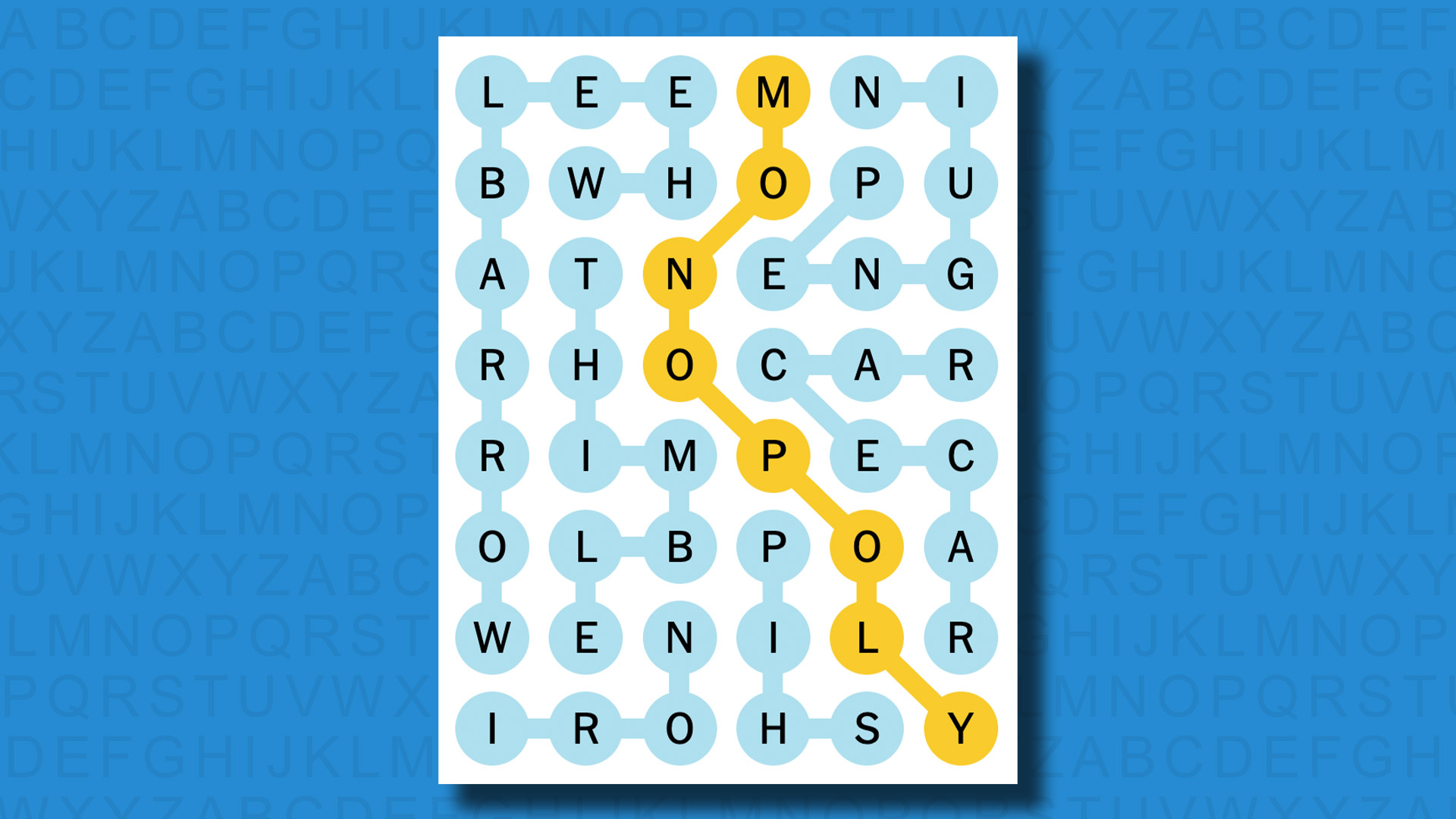
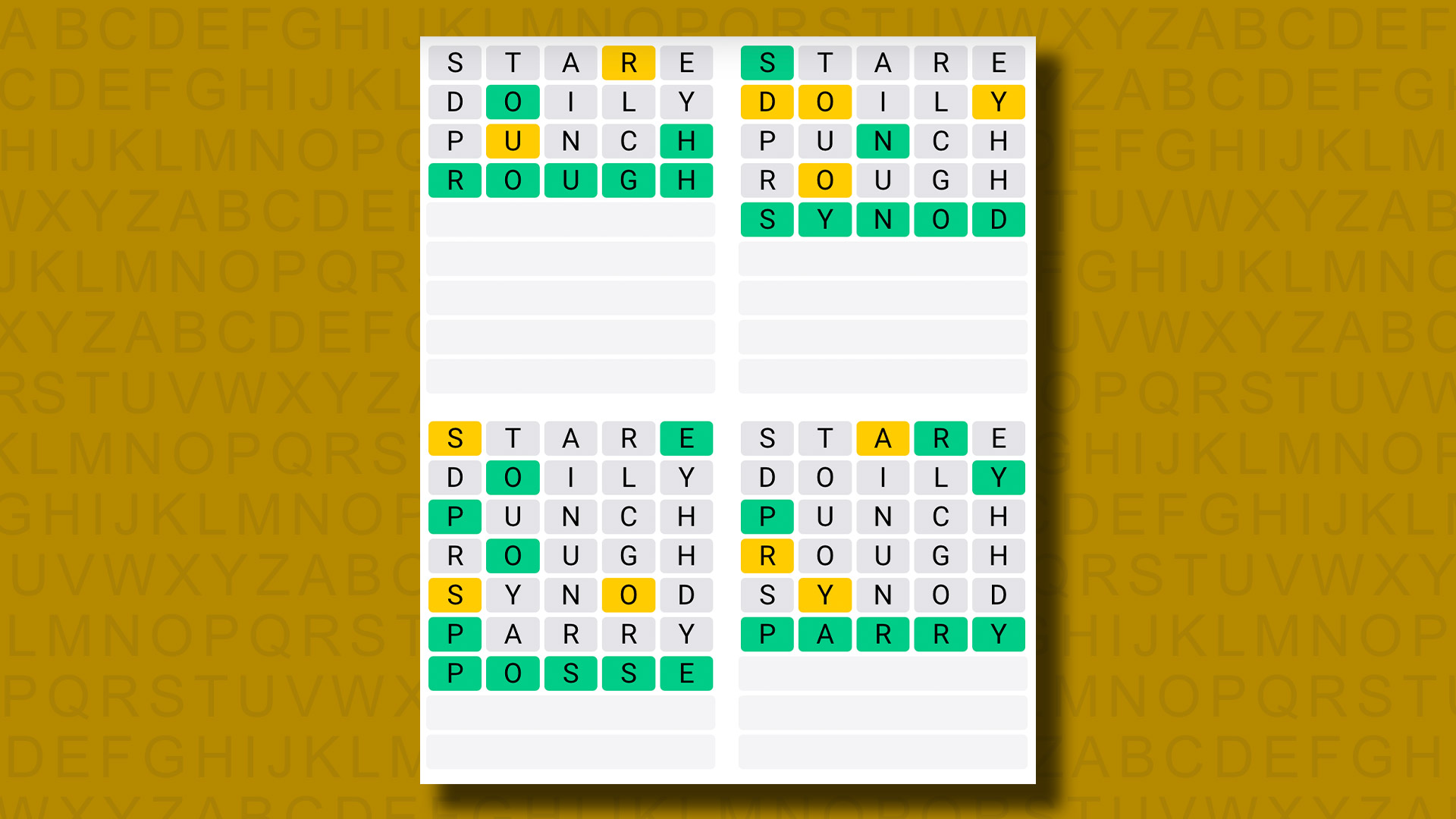
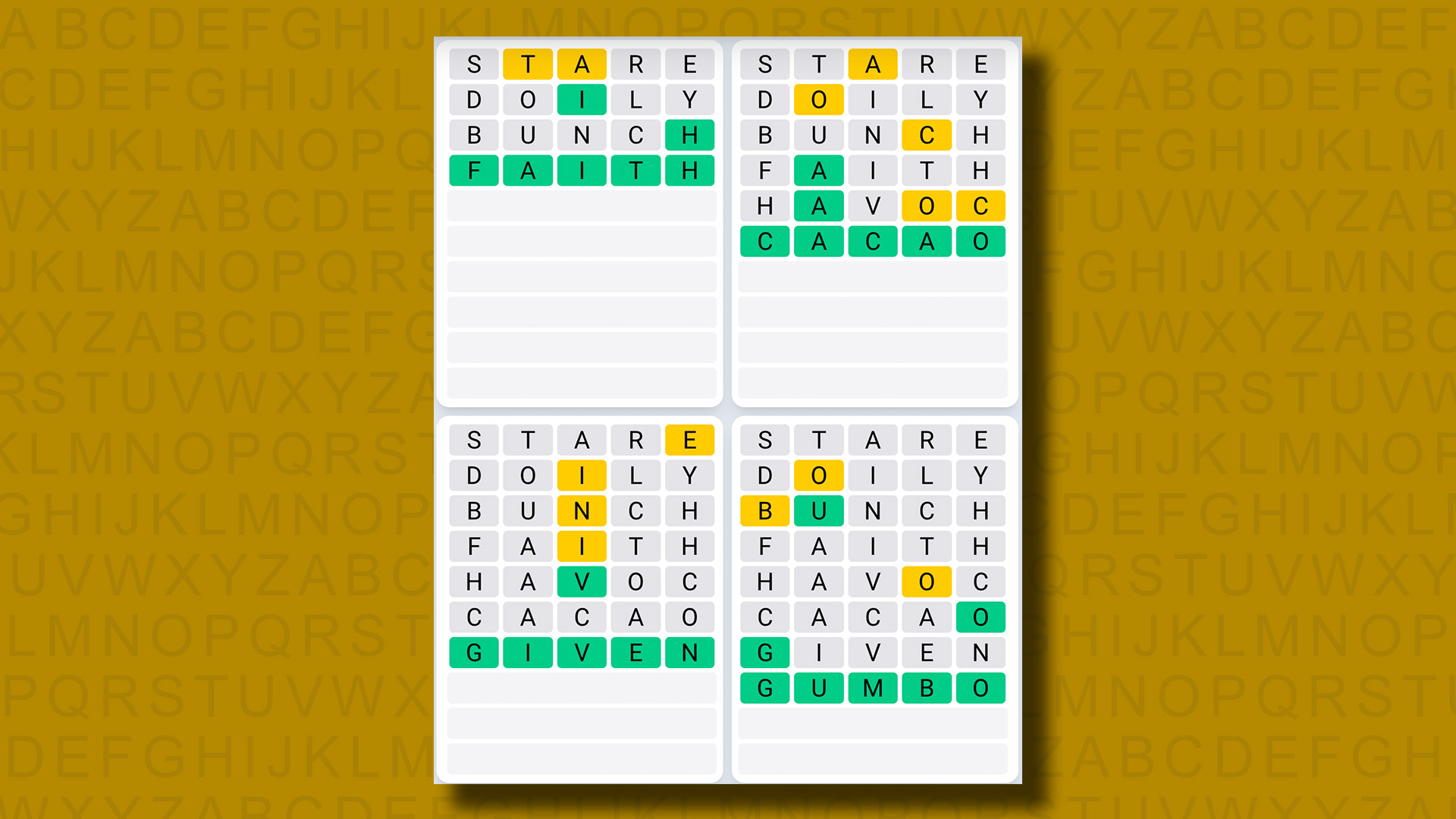

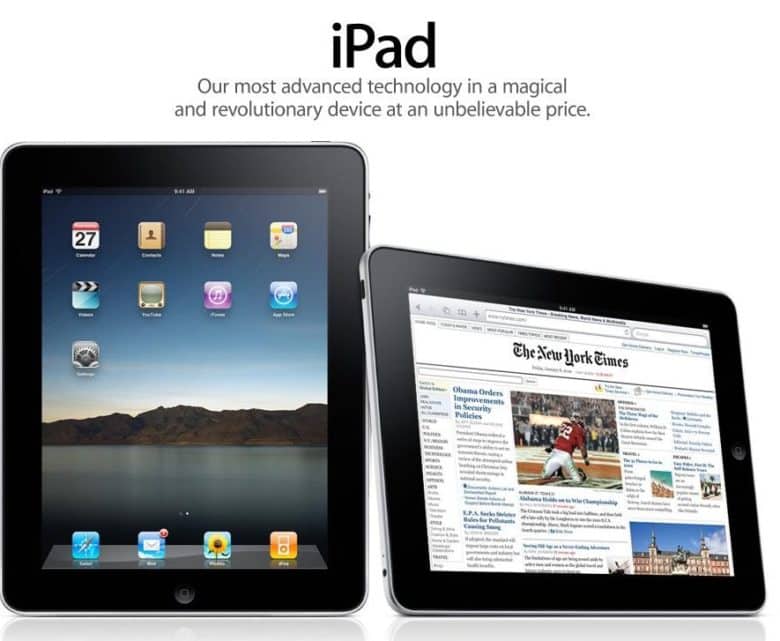
 April 30, 2010: Almost a month after the first-gen iPad went on sale, the first Wi-Fi + 3G iPads arrive in the hands of U.S. customers.
April 30, 2010: Almost a month after the first-gen iPad went on sale, the first Wi-Fi + 3G iPads arrive in the hands of U.S. customers.



